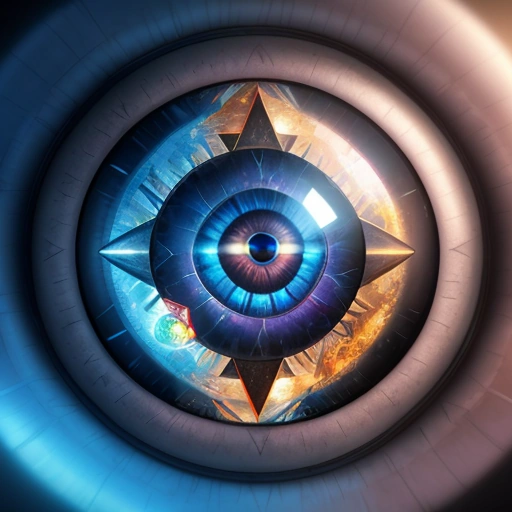

It’s hard to give precise figures, because there’s always tricks to getting a little more or less but from my (admittedly limited) testing SDXL is significantly more demanding, and 10+GB of VRAM is probably going to be the minimum to run it. I don’t remember exactly what I was doing but I run on an RTX A4500 card, and I managed to max out the 20GB of VRAM just with one SDXL process, where I can normally run a LORA training and 512x768 size images at the same time.


It does seem to work fairly well, although I will say that it doesn’t fit my workflow at all so I haven’t done a lot of testing. I do think there are some UI things that you could look at though. Engine and Dimensions shouldn’t be minimizable lists, because the fields only take up as much space as the label does. Also, your tooltips are outrageously large, covering about 75% the width of a 1080p monitor which makes them quite hard to actually read.